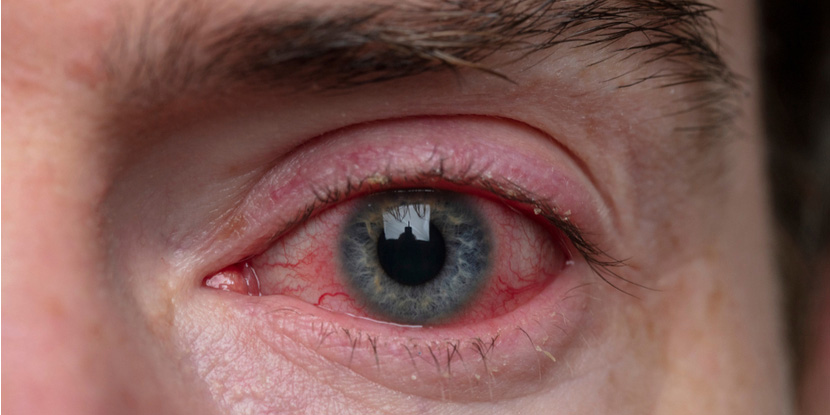Red eyes can be a very annoying problem. They may be caused by a variety of underlying conditions, ranging from allergies to medical conditions. Here’s what you need to know about the 5 most common causes of red eyes and how you can reduce them.
-
Allergies
Allergies to dust, dander, or pollen can cause red and itchy eyes in some people. You may want to invest in a new pillow case and bedding that is hypoallergenic or use dust mite covers, as well as install an air purifier in your room. Additionally, you’ll need to take antihistamines or eye drops designed for allergies on a regular basis.
-
Dry Eye Syndrome
Dry eye syndrome occurs when your eyes don’t produce enough tears. Wearing contact lenses can worsen the symptoms and you may need to switch to glasses for a while, or reduce the amount of time you wear contacts. You can also try using artificial tears or using warm compressions that help soothe your eyes and increase tear production.
-
Pink Eye (conjunctivitis)
Conjunctivitis, commonly referred to as pink eye, is an infection that typically occurs when the conjunctiva, a thin layer of tissue covering the white of the eye, becomes irritated. It’s highly contagious and is caused by viruses or bacteria. Common symptoms include redness in the eyes and an itchy sensation; discharge might also be present. To reduce the effects of pink eye, you should avoid spreading it to others by washing your hands frequently and not sharing items like towels and pillows. Ornamental contact lens users should discard them if they have any signs of pink eye.
-
Subconjunctival Hemorrhage
Subconjunctival hemorrhage occurs when a burst blood vessel in the white of the eye causes bright red patches that slowly spread across the area. It’s often caused by vigorous coughing, sneezing, or vomiting; high blood pressure; or trauma to the eye, such as using contact lenses improperly. Because the conjunctiva lacks pain receptors, it doesn’t hurt and is safe to look at without causing further damage. Most cases of subconjunctival hemorrhage resolve on their own within two weeks without medical treatment.
Styes and Chalazia
Styes and chalazia are bumps on the eye lids that occur due to blocked oil glands from bacteria or yeast. It’s important to never squeeze styes as this can cause infection and more irritation. To reduce irritation and inflammation, you can apply a warm compress for 15 minutes several times a day to soothe the irritated area. If these don’t help, your doctor might suggest antibiotic drops or cream to treat the underlying cause of the stye or chalazia.


Leave a Reply